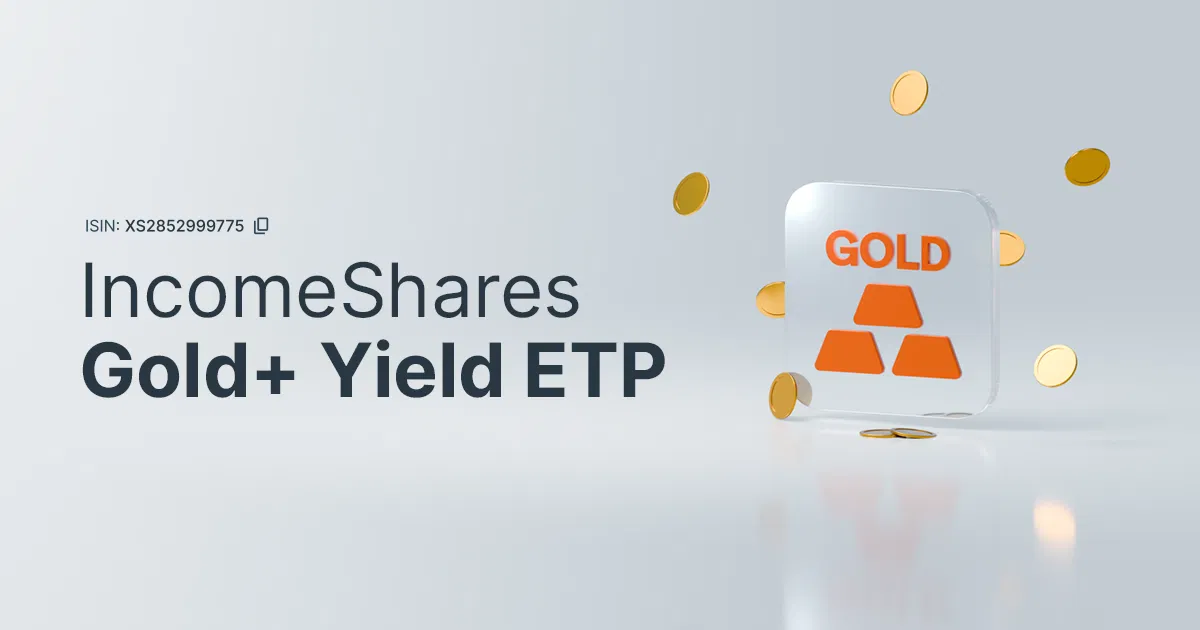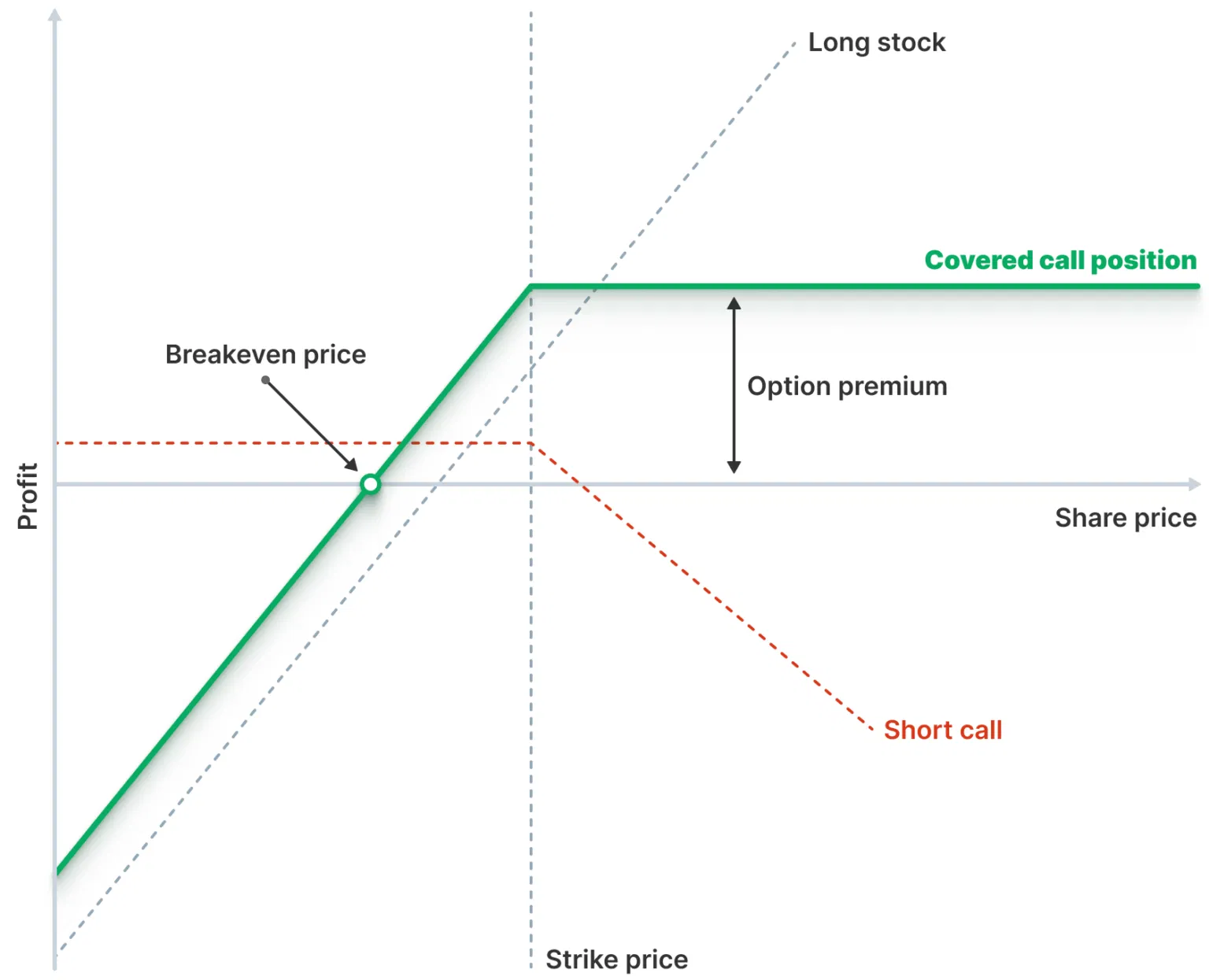
Author
Jonathan Hobbs, CFA
Date
11 Sep 2024
Category
Market Insights
IncomeShares S&P 500 Options (0DTE) ETP
Your capital is at risk if you invest. You could lose all your investment. Please see the full risk warning here.

Strategy Description
The IncomeShares S&P 500 Options (0DTE) ETP (SPYY) seeks to generate consistent income for investors by selling daily “Zero Days to Expiration” (0DTE) put options on the S&P 500 Index or the SPDR S&P 500 ETF Trust.
The ETP uses the premium collected from selling put options to pay monthly yield distributions to investors. The ETP aims to realise enhanced income potential from the rapid time decay of these options and offer indirect, upside exposure to the S&P 500 Index up to the options’ strike price.
Investment Objective
The strategy’s primary investment objective is to generate outsized monthly distributions by receiving a premium from selling in-the-money (ITM) or at-the-money (ATM) put options on a daily basis.
The pay off characteristics of selling puts is the same of the buy and write strategy; however, put option premiums are generally higher than call option premiums and in a rising market writing puts has a higher probability of outperforming the covered call strategy.
The ETP does not invest directly in the S&P 500 Index; however, its secondary investment goal is to gains exposure to the daily performance of the S&P 500 up to the options’ strike price.
FIGURE 1: Sold put option pay-off diagram

A short put 0DTE option works best in a rangebound market as the fund will keep the premium received; however, if the price of the S&P 500 moves below the strike price of the put, the option is likely to be exercised.
What are 0DTE Options?
Days to expiration (DTE) refers to the number of days remaining until an option contract expires. This metric indicates the total number of days between the initiation of a trade and its expiration date and is crucial in assessing an option’s time value.
Zero Days to Expiration (0DTE) options are contracts set to expire at the close of the current trading session, meaning they exist only throughout one trading day. These contracts are characterised by their rapid time decay and sensitivity to market movements.
0DTE options are highly liquid with higher trading volumes and very tight bid-ask spreads.
The Rise of Popularity of 0DTE Options
By mid-2024, strategies involving 0DTE options linked to the S&P 500 index have grown massively. This rapid growth followed the introduction of daily expiration trading for the S&P 500 and other major indices in 2022. Traders increasingly use 0DTE options to speculate on intraday market movements, particularly through index ETFs like the SPDR S&P 500 ETF Trust, which offers 0DTE options every trading day.
The S&P 500 remains the most popular choice due to its high liquidity and the ability to trade options daily. In contrast, most individual stocks lack the same level of liquidity, which can result in poorer trade executions and greater slippage.
Several factors contribute to this growth:
Limited Overnight Risk: 0DTE options expire shortly after market close (4:15 p.m. ET), minimizing exposure to overnight market fluctuations.
Tight Bid-Ask Spreads: The 0DTE market typically features narrow spreads between bid and ask prices, reducing trading costs.
How 0DTE Options Work?
The primary difference between a 0DTE option and a regular weekly or monthly option is the significantly shorter time to expiration. In theory, the full range of options trading strategies could be applied to 0DTE options, despite the shorter timeframe.
The main strategies investors use to trade 0DTE options include buying calls or puts to gain a directional exposure and selling them to collect premium.
Selling 0DTE options is typically the most popular strategy, as any option that expires out-of-the-money (OTM) will be rendered worthless. With expiration occurring the same day, traders often favour this approach, as the limited time frame increases the likelihood that the option will remain OTM, making it a high-probability strategy.
Key Characteristics of 0DTE Options
Theta is concept known as “time decay” which measures how an option’s theoretical value declines over time. As an option approaches expiration, its value erodes, assuming all other factors remain constant.
For 0DTE options, which are limited to a single trading session, the entire theta decay occurs within that day. In other words, the extrinsic value of a 0DTE option is expected to diminish completely during the course of one trading session, reflecting rapid time decay.
Gamma measures the rate of change in an option’s delta, making it highly sensitive to movements in the underlying asset’s price. As a result, during a single trading session, even small price changes in the underlying asset can significantly impact the value of a 0DTE option.
Benefits of Selling Options
Professional traders have long preferred selling options due to the higher probability of success compared to buying options. Selling options provides several key advantages, including the benefit from time decay, generation of consistent income, and profiting from neutral to mildly rising markets. Although the potential returns from selling options may be smaller than those from buying, the higher likelihood of success and reduced exposure to market volatility make it a compelling and potentially more profitable strategy over the long term.
Time Decay Advantage:Options are time-sensitive assets, meaning their value decreases as they approach expiration. This works in favour of option sellers, as they can profit from the gradual erosion of an option’s value. In contrast, option buyers suffer from time decay, as the value of their position diminishes over time, making it more challenging to generate a profit.
Higher Probability of Profit: Selling options generally provides a higher probability of profit compared to buying. When selling options, investors receive an upfront premium, which is retained if the option expires worthless. Buyers, on the other hand, the longer they hold an option, the more likely it is to lose value, making it harder for the option to increase in price and yield a profit.
Consistent Income Generation: Selling options can provide a steady source of income, making it an attractive strategy for investors seeking consistent returns. Unlike buying options, which requires paying premiums, selling options allows investors to collect premiums regularly. Although the potential profit from selling may be smaller compared to cashing in on a big price move as a buyer, the consistency and high win rate of selling options can lead to substantial long-term gains.
Market Bias: One of the challenges for option buyers is predicting both the direction and timing of a market move. Buyers need the market to move significantly in a specific direction to profit, leaving them vulnerable to losses if the market remains flat or moves against them. In contrast, option sellers can profit even if the market stays within a range or doesn’t make a significant move. For put option sellers the best case scenario is if the price of the underlying remains above the strike price.
Price Sensitivity:Option sellers do not need to be as sensitive to price movements as option buyers. Sellers can profit across a range of prices, rather than needing the market to hit a specific target. This flexibility gives sellers an advantage, as they have a broader margin for error in terms of price movement.
Risks to the Sellers of Put Options
An uncovered put writer does not hold a short position in the underlying asset and risks incurring losses if the asset’s price drops below the option’s strike price. In such cases, the writer is required to buy the asset from the option buyer at the strike price, which may be higher than the current market price, leading to a potential loss if the asset is sold immediately.
The seller receives a premium in exchange for the obligation to purchase the asset if its price falls below the strike price of the option. Therefore, the main risk for the put seller is if the price of the underlying declines below the strike price.
Example: If the fund sells S&P 500 ATM 0DTE 5500 put option for $10, then the fund’s maximum profit is $10. If the S&P 500 declines to 5450 the loss will be $40 [(5500-5450) – $10 premium].
When the price of the S&P 500 moves significantly lower, the fund may consider placing a stop loss on the option to avoid assignment, although such result is not guaranteed. The stop loss order means buying back the option likely at a loss.
Another way the fund may seek protection in case of unexpected volatility and adverse price movements is to short the S&P 500 index and close the position i.e. buy the index when the put option is exercised.
Your capital is at risk if you invest. You could lose all your investment. Please see the full risk warning here.
Related Products:
Strategy
Cash-Secured Put + Equity
Distribution Yield
49.40%
